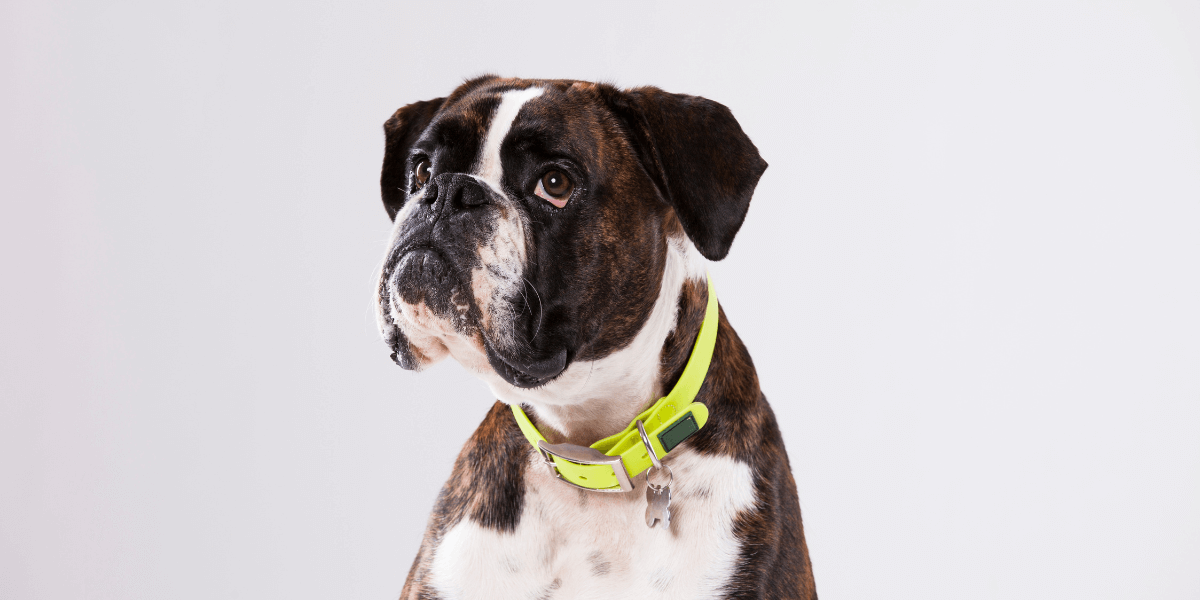Introduction
Boxer Exercise Needs are essential for their health, energy, and overall well-being
- Regular exercise prevents boredom and destructive behavior in Boxers
- Physical activity helps maintain a healthy weight and reduces the risk of obesity
- Exercise strengthens muscles and supports joint health, crucial for Boxers
- Engaging in daily activities enhances mental stimulation and prevents anxiety
- A well-exercised Boxer is more social and better behaved with proper training
- Different activities suit different age groups and energy levels of Boxers
- Consistent exercise routines foster a strong bond between you and your Boxer
1. Understanding Your Boxer's Exercise Needs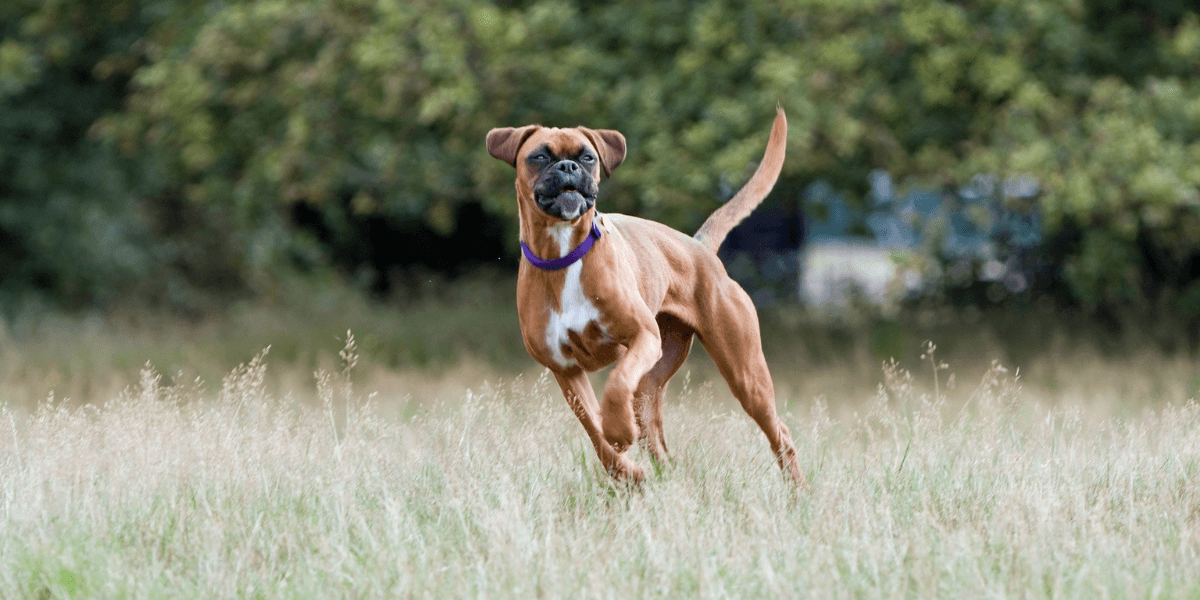
Boxers are an active and robust breed that thrives on regular exercise
Here’s a quick overview of their exercise requirements:
- Age Matters: While older Boxers may need less intense exercise but still benefit from regular activity
- Energy Levels: Daily exercise is crucial to prevent boredom and destructive behavior
- Exercise Duration: Aim for at least 30-60 minutes of exercise per day, split into two or more sessions
- Varied Activities: Include diverse exercises like running, playing, and agility training
- Weather Considerations: Adapt exercise intensity based on weather conditions for safety
2. Best Exercises for Boxers
Finding the right exercises for your Boxer can help keep them engaged and physically fit
Here are some great options:
- Daily Walks: Regular walks are essential for maintaining your Boxer's health
- Playtime: Interactive play, such as fetch and tug-of-war, is ideal for Boxers
- Agility Training: Which enhances their coordination and provides a fun way to exercise
- Swimming: Gentle on joints and great for cardiovascular health and muscle strength
- Mental Stimulation: Puzzle toys and training sessions keep their minds sharp and engaged
3. Tailoring Exercise to Your Boxer's Age
Different life stages require different exercise approaches:
- Puppies: High energy and short attention spans make playtime and socialization crucial
- Adults: Regular, vigorous exercise is needed to keep their energy levels in check
- Seniors: Focus on low-impact exercises, such as swimming, to accommodate any mobility issues
- Middle-Aged Boxers: Balance exercise intensity with joint care to prevent overexertion
- Adjusting for Health Issues: Modify exercises based on any age-related health conditions or injuries
4. Recognizing Signs of Overexertion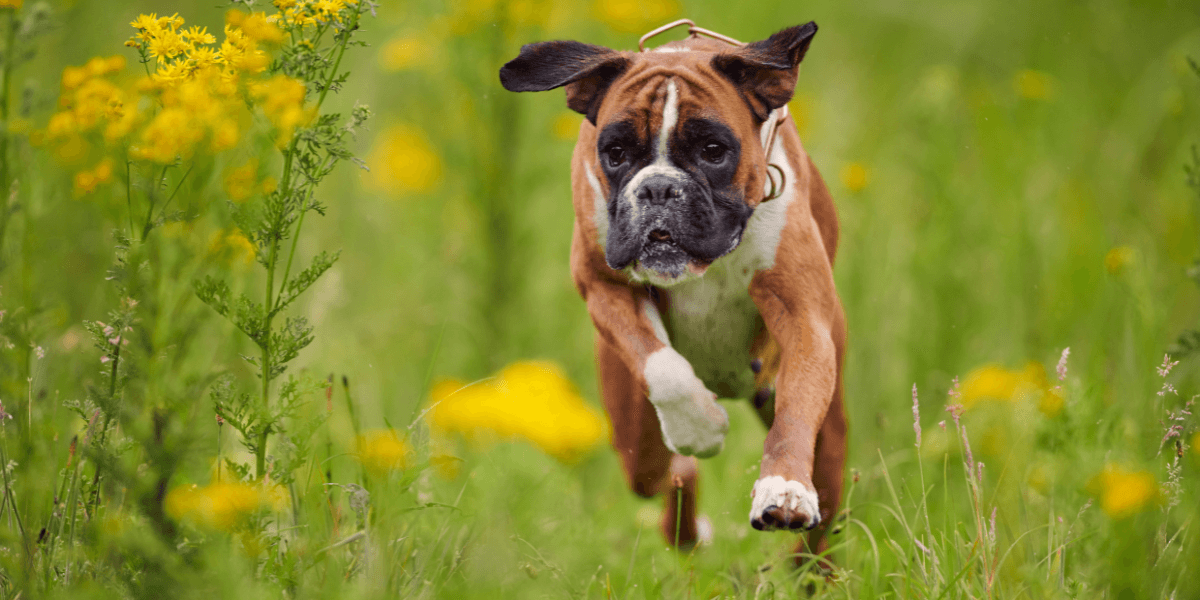
It's important to monitor your Boxer during exercise to prevent overexertion:
- Panting: Excessive panting can indicate your Boxer is overheating or overexerted
- Lethargy: If your Boxer appears unusually tired or reluctant to continue, they may need a break
- Excessive Thirst: Ensure your Boxer has access to fresh water during and after exercise to stay hydrated
-
- Heavy Breathing: Labored or noisy breathing can indicate overexertion or respiratory issues
Compare Boxer and Doberman needs in Doberman Pinscher Exercise Essentials!
5. Creating a Balanced Exercise Routine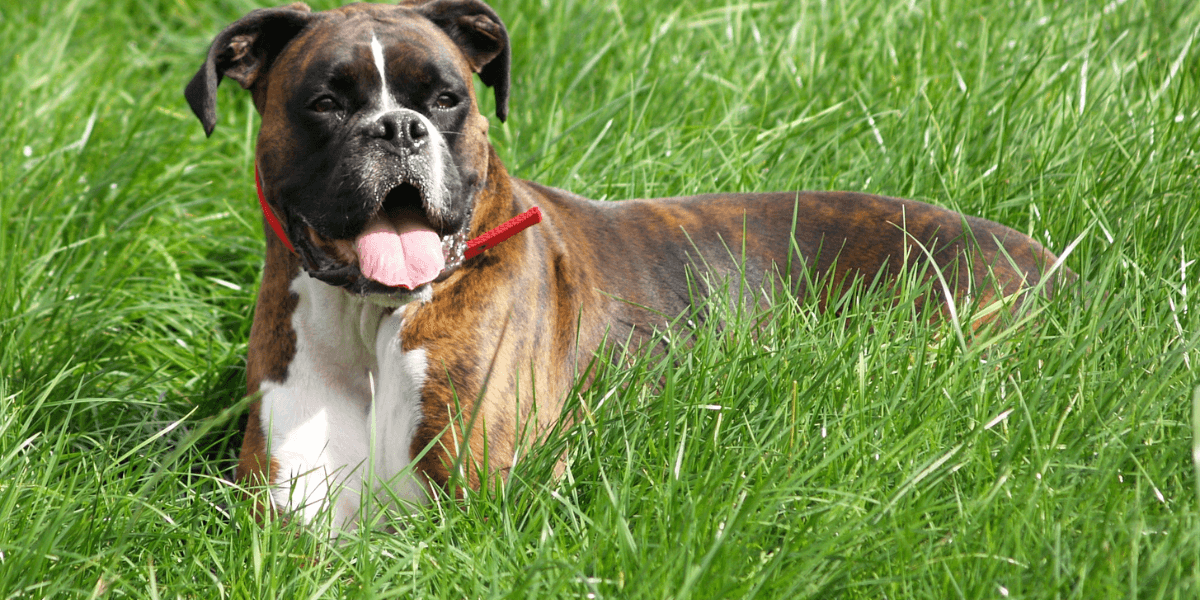
A well-rounded exercise routine includes variety and consistency:
- Mix It Up: Combine different activities like running, hiking, and playing with toys
- Consistency is Key: Set a routine that fits both your and your Boxer's schedules
- Socialization: Incorporate playdates with other dogs to provide social interaction and exercise
- Adjust Intensity: Tailor exercise intensity to your Boxer's current fitness level and health.
- Include Rest Days: Allow for regular rest days to prevent overuse injuries and ensure recovery
Ensure your Boxer stays fit and content by establishing a balanced exercise routine tailored to their needs.
6. Safety Tips for Exercising Your Boxer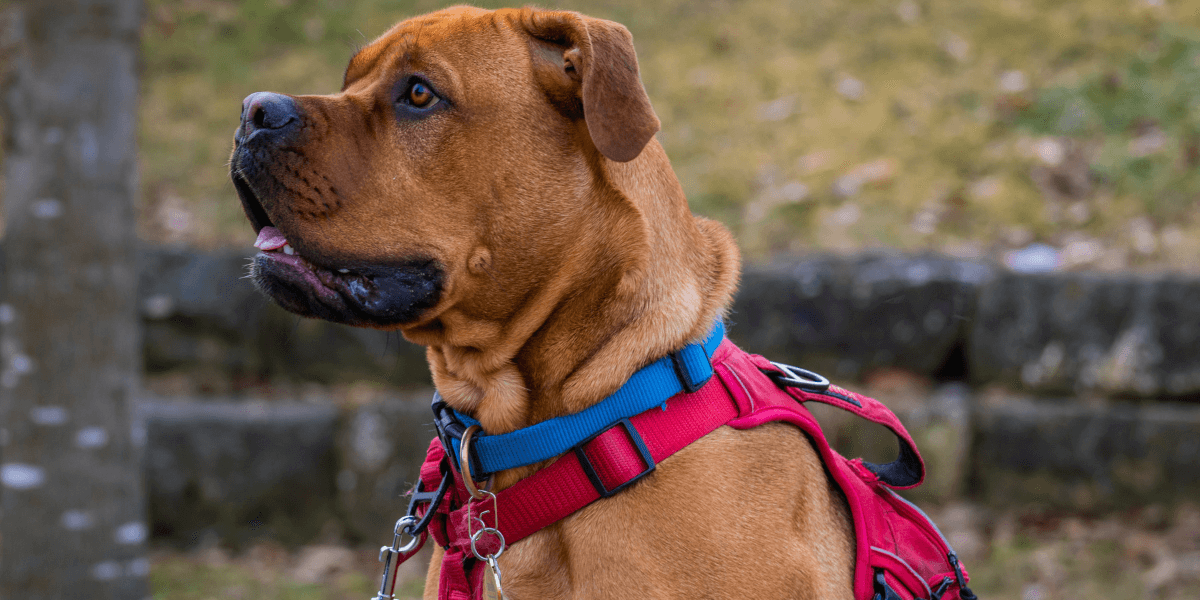
Ensure your Boxer stays safe during exercise:
- Weather Conditions: Early mornings or late evenings are often cooler and safer
- Proper Gear: Well-fitting harness or collar and consider reflective gear for evening walks
- Health Check: Regular vet check-ups are important to ensure your Boxer is fit for exercise
- Paw Protection: Use booties or check paws for injuries, especially on hot or rough surfaces
- Supervision: Always keep a close eye on your Boxer during exercise to prevent accidents or injuries
- Hydration: Always carry water and offer it frequently to prevent dehydration during exercise
7. Fun Activities to Keep Your Boxer Engaged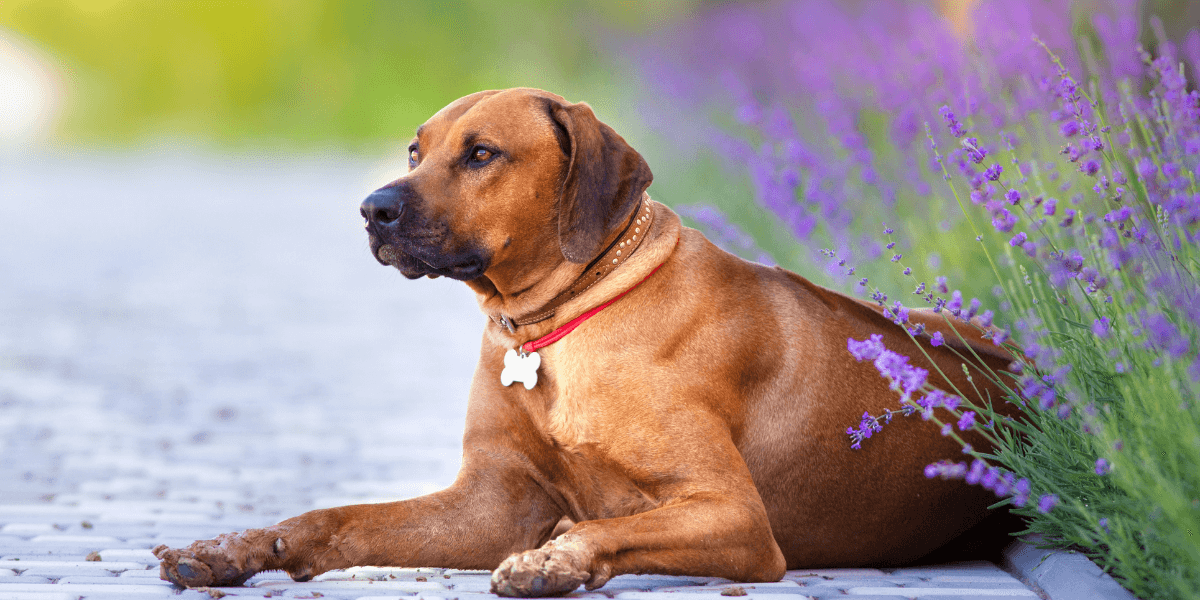
Make exercise enjoyable for your Boxer with these fun activities:
- Dog Parks: Let your Boxer socialize and play off-leash in a secure dog park
- Puzzle Toys: Engage your Boxer’s mind and body with interactive toys that dispense treats
- Swimming: If available, swimming is an excellent low-impact exercise that many Boxers enjoy
- Training Sessions: Incorporate obedience or trick training for mental stimulation and bonding
- Hiking Trails: Explore different terrains and scents, providing both physical and mental stimulation
- Tug-of-War: A great way to build strength and provide interactive play that keeps them engaged
Explore how fun activities for Boxers compare to Dobermans and Family Life!
FAQs
1. How much does a Boxer exercise needs daily?
-
Boxers need at least 1-2 hours of exercise per day to stay healthy
2. What are the best exercises for a Boxer?
-
Running, playing fetch, and agility training are ideal for Boxers
3. How often should I take my Boxer for a walk?
-
Aim for at least two walks a day, each lasting 30 minutes or more
4. Can Boxers exercise in hot weather?
-
Exercise in cooler parts of the day to prevent overheating and dehydration
5. What are signs my Boxer is over-exercised?
-
Watch for excessive panting, limping, or disinterest in activity
6. How does exercise benefit a Boxer’s health?
-
Regular exercise helps with weight management, mental stimulation, and overall health
7. How can I meet my Boxer’s exercise needs indoors?
-
Use interactive toys, play hide and seek, or set up an indoor agility course
Conclusion
- Addressing your Boxer's exercise needs ensures a long, healthy, and happy life
- Regular attention to Boxer Exercise Needs promotes physical and mental wellness
- Tailor activities to your Boxer's age, health, and energy levels for best results
- Consistent exercise prevents behavioral issues and supports overall happiness
- Combine structured exercise with playtime to keep your Boxer engaged and fit
- Monitor your Boxer's progress and adjust routines as needed for optimal health
- Enjoy the process of bonding through exercise and seeing your Boxer thrive
- Share tips and compare Boxers with Doberman or Rottweiler Choosing the Right Breed for exercise needs
Your feedback helps us provide even better content!
References
- Boxer Exercise Needs and Requirements
- One Simple Hack To Increase Your Boxer Exercise Needs
- Boxer Exercise Needs
- Dog Hip and Joint Pain: A Comprehensive Guide
- Hip Dysplasia in Dogs: Causes, Symptoms, and Treatments
Thank you!

